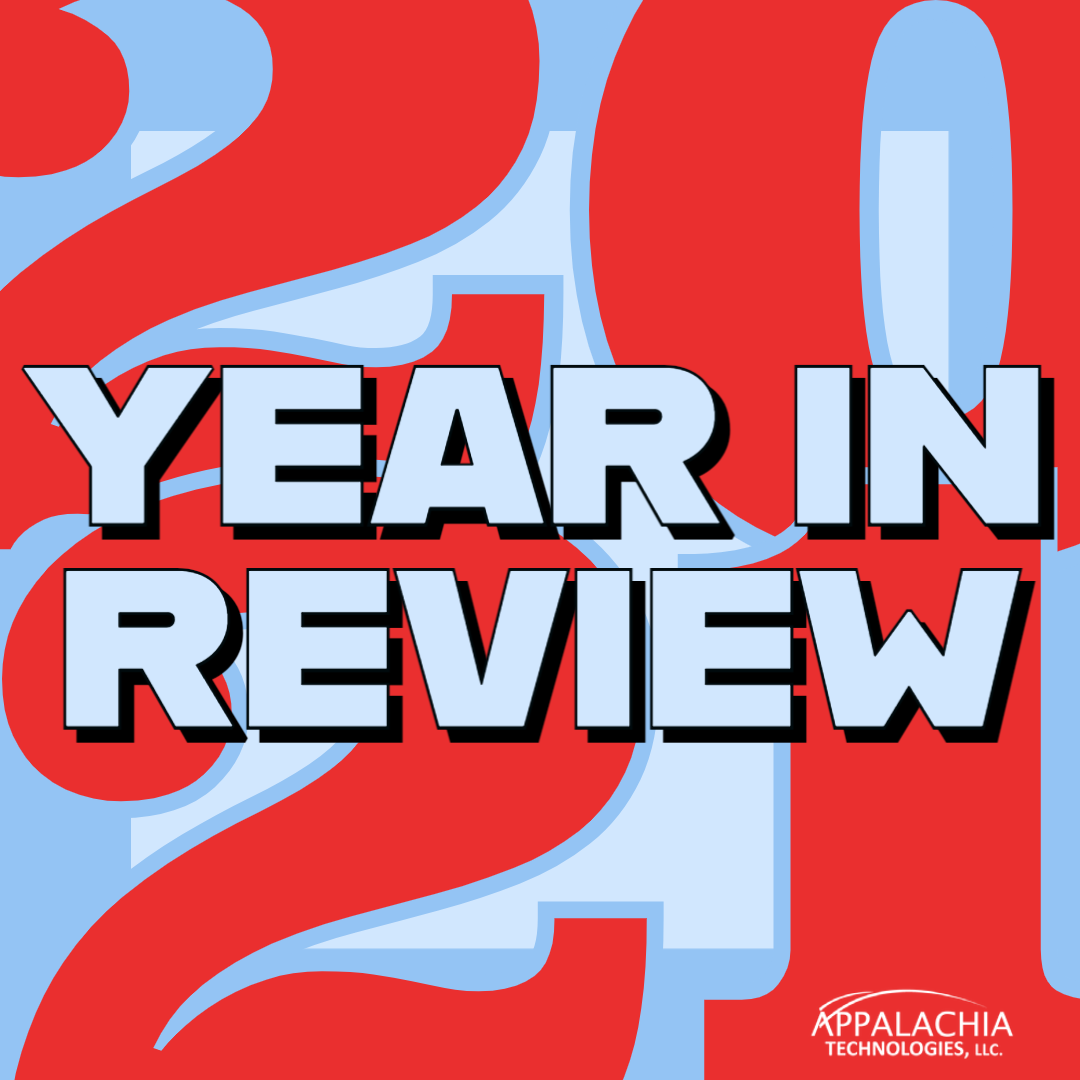In your city or town, you know that stretch of road or highway that feels like it has been under construction for 10 years? In many ways, the development of CMMC can feel like it too is marked with orange cones and will be underway for years. From the most significant change of CMMC 1.0 (the OG version) to the November 2021 update to CMMC 2.0, to even the CMMC-AB name change to The Cyber AB, new information seems to keep coming with timelines shifting. While The Cyber AB holds monthly Town Hall webinars to share updates, the DoD and various vendors are also sharing out information via webinars. Recently, PreVeil, a DoD supplier, along with members of the Manufacturing Extension Partnership, hosted a webinar with DoD leaders Stacy Bostjanick (DoD CMMC Program Head) and Dave McKeown (DoD CISO) to review recent updates and timelines.


 I started writing SSP’s (System Security Plans) well before the original Executive Order mandated deadline of December 31st 2017 and have since written at least 50 SSP’s for defense contractors of every imaginable type and size. There wasn’t a lot of guidance on how to do this at that time, other than to have a very thorough and complete understanding of the nearly 500-page NIST 800-53 framework.
I started writing SSP’s (System Security Plans) well before the original Executive Order mandated deadline of December 31st 2017 and have since written at least 50 SSP’s for defense contractors of every imaginable type and size. There wasn’t a lot of guidance on how to do this at that time, other than to have a very thorough and complete understanding of the nearly 500-page NIST 800-53 framework. 





